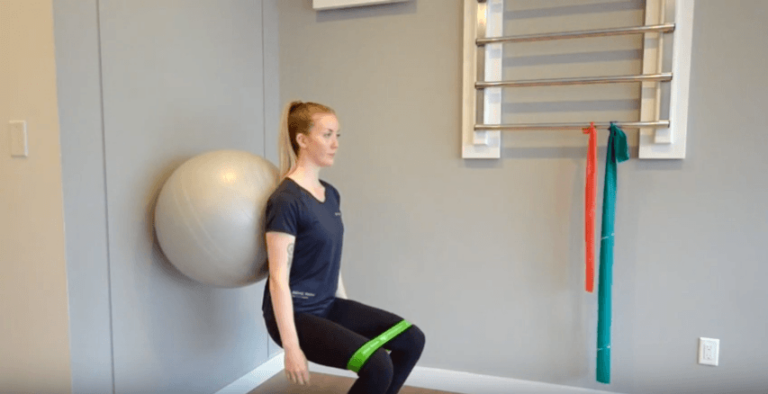A Rehab Guide To: Rock Climbing
Since its debut in the 2020 Tokyo Olympics, indoor rock climbing has become a massively popular choice for individuals seeking a fun and challenging physical activity–and it’s not hard to understand why! Pushing your limits in rock climbing, whether it’s climbing with ropes or bouldering, can challenge you physically, mentally, and emotionally.
At INSYNC PHYSIO our Registered Physiotherapists and Massage Therapists have a wealth of knowledge and experience working with climbers, as both practitioners and climbers themselves! So we knew that climbing had to be the first of our new series “A Rehab Guide To”. Whether you are a beginner, intermediate, or advanced athlete, this series will identify some important points to help you connect with your sport, as well as some common issues that bring folks into the clinic.
What Brings Climbers To The Clinic?
Because climbing is a full-body sport, there are a variety of ways that dysfunction can present itself and result in injury. The most common injuries we see at the clinic related to rock climbing are:
- Shoulder Injuries
- Hand, Wrist & Elbow Injuries
- Knee & Ankle Injuries
- Abdominal Injuries
- Back Pain
- Neck Pain
How Do We Assess Climbing-Related Injuries?
A proper assessment always starts with getting a detailed history of the patient. In addition to a physical assessment of movement patterns, this information can direct our practitioners to some potential root causes of pain and physical dysfunction. Just because the pain is presenting in one area of the body doesn’t mean that the issue is isolated to that area.
“If we’re just treating the symptom, we’re just putting a band-aid on it.”
I Want to Try Rock Climbing–Where Do I Start?
An important consideration to make when starting any new sport is that fitness is not necessarily generalizable across all activities. If you are a strong, active person who often goes to the gym, it does not necessarily mean that that strength will translate to climbing.
Climbers will want to focus specifically on:
- Core Strength
Especially with the more dynamic setting found in indoor climbing gyms, core strength is essential to help stabilize spinal rotation and extension to prevent abdominal strains and tears. Without proper core and hip stability, moves like knee-drops and heel-hooks can result in pain and potential injury in the back, knees, and ankles.
- Hip Mobility
In order to safely reach and engage on the next foot-hold, climbers require not only flexibility but strength through a full range of motion in the hips. Without proper hip mobility, other muscles in the back can take over and become overworked, resulting in overuse injuries.
- Shoulder Strength + Stability
Climbing, especially bouldering, often requires excessive overhead loading which can lead to muscular imbalances in the shoulders. Without proper shoulder stability and muscular balance, climbers can experience shoulder impingement and even tears to the shoulder complex. Without proper engagement of the shoulder complex, down-stream muscles of the forearms and hands may become overworked, resulting in pain in the elbows, wrists, and hands.
In addition to climbing-specific strength and mobility, a proper warmup and adequate recovery are essential elements that often get overlooked by new climbers. As muscles get tight and overworked they can pull and put pressure on tendons and ligaments, resulting in pain. For climbers this pain often occurs in the elbows, wrists, and knees.
Key Takeaways:
- Prioritize a proper warm-up before everyone session with a focus on hands, wrists, shoulders, and hips.
- Focus on improving your core strength, hip mobility, and shoulder stability to prevent injury.
- Give yourself adequate recovery! This includes not only rest but stretching, tension-release (i.e. massage, rolling), and mobility work.
- If you are experiencing pain that is acute or persistent, consider getting assessed by a physiotherapist. Without addressing the root cause, pain is more likely to return even after adequate recovery.
Check out our Rock Climbing Injuries YouTube playlist for more info!


